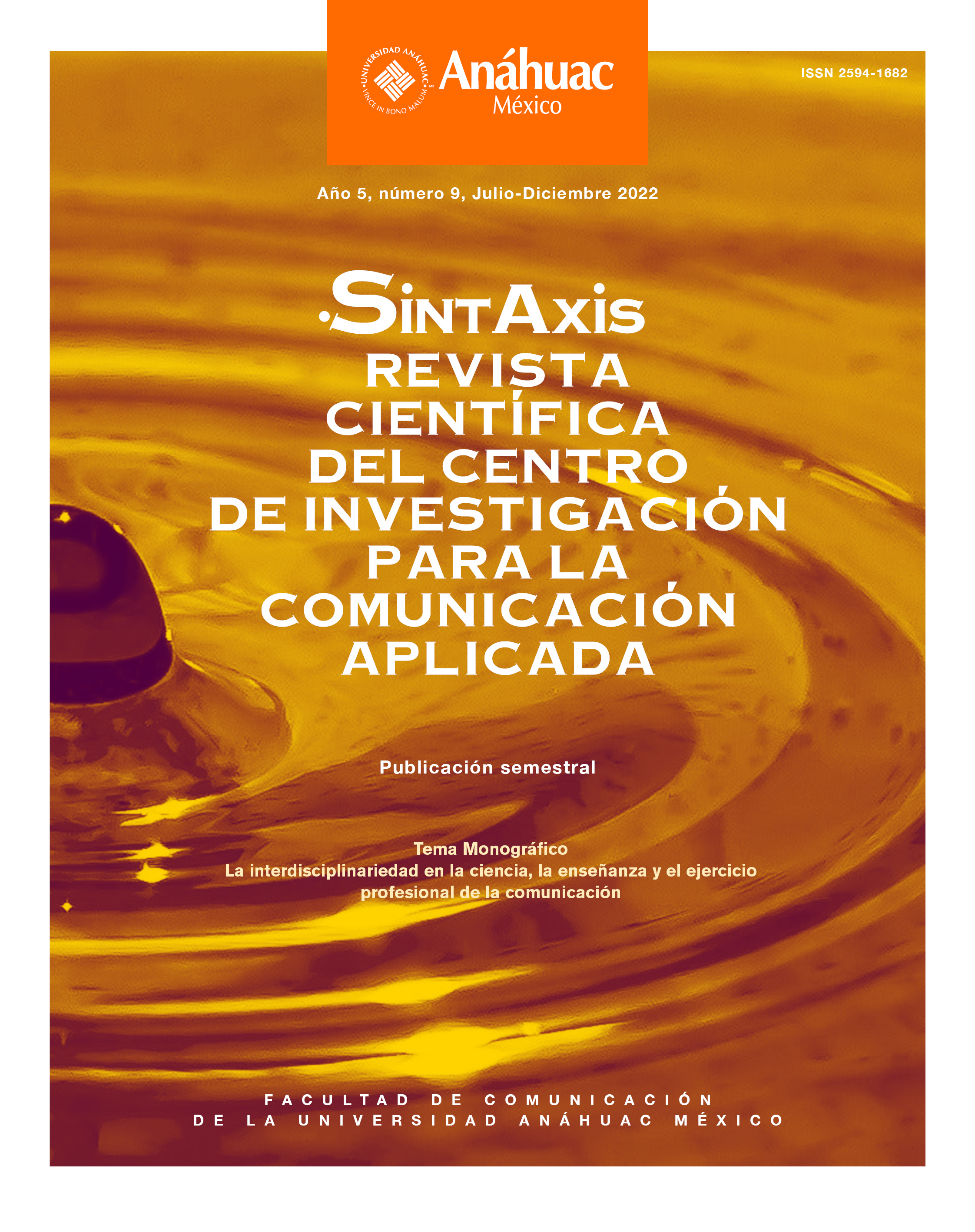The space of flows and mobility technologies: social challenges for innovation
Main Article Content
Abstract
The aim of this paper is to identify the possibilities offered for social innovation and economic reactivation after the covid-19 pandemic by the link between Communication and Information Technologies (ICT) and mobility technologies in contemporary cities. In the first part, a socio-historical analysis of the innovations in communications and transport technologies during the Industrial Revolution is carried out. In the second part, based on the concept of the space of flows developed by Manuel Castells, the main components and characteristics of the articulation between icts and the socio-territorial transformation of contemporary cities are identified, mainly through connectivity and the establishment of value chains with other cities at national, regional and global levels, prefiguring itself as one of the factors for urban competitiveness. Finally, the indicators present in two urban competitiveness indexes are analyzed as an initial sample of possible factors for social innovation and economic recovery.
Downloads
PLUMX Metrics
Article Details

This work is licensed under a Creative Commons Attribution-NonCommercial-NoDerivatives 4.0 International License.
The author keeps the property rights with no restriction whatsoever and guarantees the magazine the right to be the first publication of the work. The author is free to deposit the published version in any other medium, such as an institutional archive or on his own website.
References
Arrese, Á. (2002). Prensa económica. De la Lloyd’s list al wsj.com. Universidad de Navarra (EUNSA).
Arrese, Á. (2004). Información económica y de negocios. Periodismo especializado, 285-315.
Beaverstock, J., Smith, R., y Taylor, P. (1999). A roster of world cities. Cities, 16(6), 445-458.
Borja, J., y Castells, M. (1999). Local y global. La gestión de las ciudades en la era de la información. UNCHS-Santillana.
Briggs, A., y Burke, P. (2006). De Gutenberg a Internet. Una historia social de los medios de comunicación. Santillana.
Camero, A., y Alba, E. (2019). Smart City and information technology: A review. Cities, 93, 84-94. https://doi.org/10.1016/j.cities.2019.04.014
Castells, M. (1995). La ciudad informacional. Tecnologías de la información, reestructuración económica y el proceso urbano-regional. Alianza Editorial.
Castells, M. (1999). El espacio de los flujos. La era de la información. Economía, sociedad y cultura. 1, 453-506.
Castells, M. (2001). La Galaxia Internet. Plaza & Janés.
Castells, M. (2012). Comunicación y poder. Siglo XXI.
Castells, M., y Hall, P. (2001). Tecnópolis del mundo. La formación de los complejos industriales del siglo XXI. Alianza.
Davis, K. (1959). The World’s Metropolitan Areas. University of California.
Devriendt, L., Boulton, A., Brunn, S., Derudder, B., y Witlox, F. (2011). Searching for Cyberspace: The Position of Major Cities in the Information Age. Journal of Urban Technology, 18(1). https://doi.org/10.1080/10630732.2011.578410
Franke, S., y Vorstermans, A. (2012). Compendium for the civic economy. Trancity valiz.
Friedmann, J., y Wolff, G. (1982). World city formation: an agenda for research and action. International Journal of Urban and Regional Research, 6(3), 309-344. https://doi.org/10.1111/j.1468-2427.1982.tb00384.x
Glaeser, E. (2011). El triunfo de las ciudades. Santillana.
Hall, P. (1966). The World Cities. World University Library.
Hu, R. (2016). Concentration and Mobility of Knowledge Workers: An Intercity Analysis of Sydney. Journal of Urban Technology, 23(1), 11-28. https://doi.org/10.1080/10630732.2015.1090190
Jefferson, M. (1939). The Law of the Primate City. Geographical Review, 29(2), pp. 226-232. https://doi.org/10.2307/209944
Jefferson, M. (1940). The Great Cities of the United States. Geographical Review, 31(3), 479-487. https://doi.org/10.2307/210181
Kearney. (2021). Global Cities: divergent prospects and new imperatives in the global recovery. 2021 Global Cities Report. https://www.kearney.com/global-cities/2021
Knox, P. L., y Taylor, P. J. World cities in a world-system. Cambridge Universiy Press.
Kresl, P., y Singh, B. (1999). Competitiveness and the Urban Economy: Twenty-four Large US Metropolitan Areas. Urban Studies, 36(5-6), 1017-1027. https://www.jstor.org/stable/43100361
Malecki, E. (2002). The Economic Geography of the Internet’s Infraestructure. Economic Geography, 78(4), 399-424. https://doi.org/10.2307/4140796
Millán, H. (1996). La competitividad de la industria manufacturera del Estado de México. Seminario de Investigación. El Colegio Mexiquense.
Ni, P., Ding, R., y Kamiya, M. (2017). Cities Network Along the Silk Road, The Global Urban Competitiveness Report 2017. China Social Science Press. https://doi.org/10.1007/978-981-10-4834-0
ONU-Habitat. (2021). Cities and Pandemics: Towards a More Just, Green and Healthy Future. United Nations Human Settlements Programme (UN-Habitat). https://unhabitat.org/sites/default/files/2021/03/cities_and_pandemics-towards_a_more_just_green_and_healthy_future_un-habitat_2021.pdf
ONU-Habitat-Centro Urbano. (2020). La Nueva Agenda Urbana Ilustrada. Programa de las Naciones Unidas para los Asentamientos Humanos (onu-Habitat). https://unhabitat.org/sites/default/files/2021/10/nueva-agenda-urbana-ilustrada.pdf
Sassen, S. (2001a). Elementos teóricos y metodológicos para el estudio de la ciudad global. La ciudad construida. Urbanismo en América Latina, 177-198.
Sassen, S. (2001b). The global city. New York, London, Tokyo. Princeton University Press.
Smith, D., y Timberlake, M. (2001). World City Networks and Hierarchies, 1977-1997: An Empirical Analysis of Global Travel Links. American Behavioral Scientist, 44(10), 1656-1678. https://doi.org/10.1177/00027640121958104
Sobrino, J. (2002). Competitividad y ventajas competitivas: revisión teórica y ejercicio de aplicación a 30 ciudades de México. Estudios Demográficos y Urbanos(50), 311-361. https://doi.org/10.24201/edu.v17i2.1141
Sobrino, J. (2005). Competitividad territorial: ámbitos e indicadores de análisis. Economía, Sociedad y Territorio, 123-183. https://www.redalyc.org/comocitar.oa?id=11109906
Susser, I. (Ed.). (2002). The Castells Reader on Cities and Social Theory. Blackwell Publishers.
World Economic Forum. (2021). The Belt and Road Cities’ Connectivity Index. World Economic Forum.
Zhen, F., Qin, X., Ye, X., Sun, H., y Lousang, Z. (2019). Analyzing urban development patterns based on the flow analysis method. Cities, 86, 178-197. https://doi.org/10.1016/j.cities.2018.09.015
Zook, M. (2001). Old Hierarchies or New Networks of Centrality? The Global Geography of the Internet Content Market. American Behavioral Scientist, 44(10). https://doi.org/10.1177/00027640121958113
Zook, M., y Brunn, S. (2006). From Podes to Antipodes: Positionalities and Global Airline Geographies. Annals of the Association of American Geographers, 96(3), 471-490. https://doi.org/10.1111/j.1467-8306.2006.00701.x

